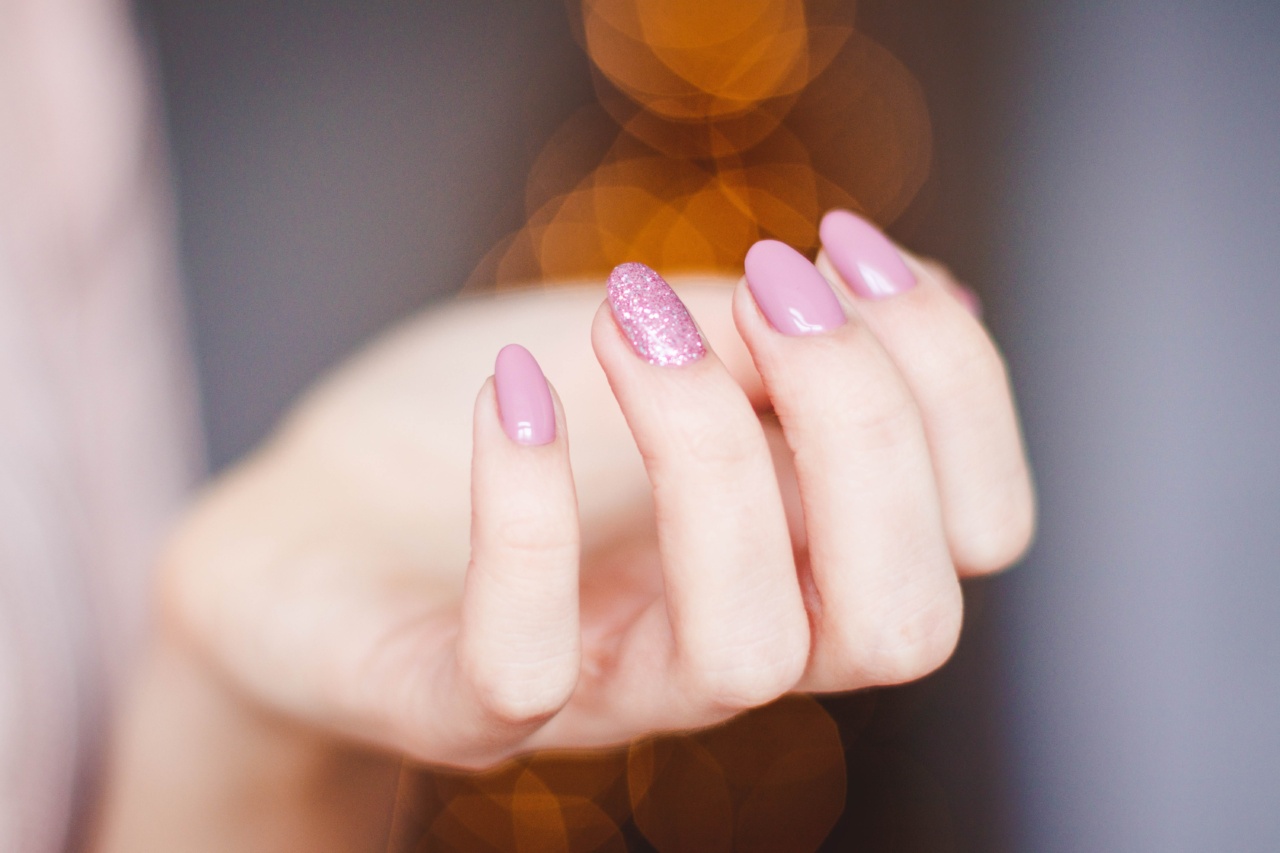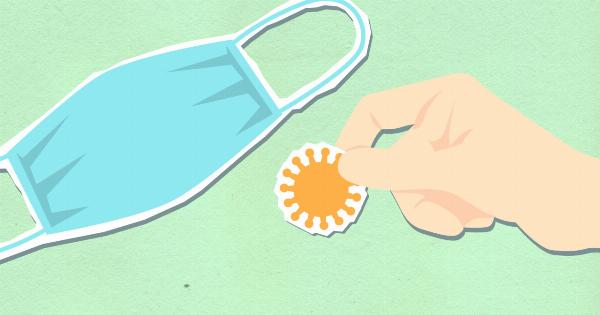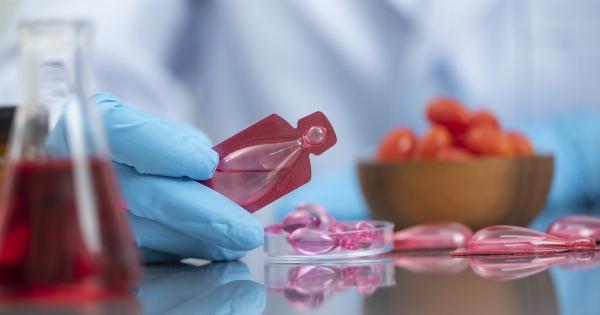If you have oily skin, you may feel like you’re constantly battling a shiny, greasy complexion. While oily skin can be frustrating, it’s actually quite common.
In fact, according to the American Academy of Dermatology, more than half of all people have oily skin.
What Causes Oily Skin?
Oily skin is the result of overactive sebaceous glands, which produce an excess amount of oil. While genetics can play a role in how oily skin is produced, there are other factors that can contribute to excess oil production.
Hormones
Hormonal changes, such as puberty, pregnancy, and menopause, can all increase oil production in the skin. This is because hormonal fluctuations can increase the activity of sebaceous glands, leading to excess oil on the skin.
Humidity and Heat
Hot and humid weather can also contribute to oily skin. When the air is humid, the skin’s natural moisture barrier is compromised, leading to increased oil production in an attempt to compensate for the loss of moisture.
Stress
Stress can also have an impact on the skin’s oil production. When the body is under stress, it produces hormones that can increase sebum production in the skin, leading to oily skin.
Poor Skincare Habits
If you’re not properly cleansing your skin, you may be contributing to excess oil production. When you don’t remove dirt, oil, and makeup from your skin, it can clog your pores and lead to increased oil production.
Treatments for Oily Skin
If you have oily skin, there are several treatments you can try to help control your oil production and improve the appearance of your skin.
Cleansing
The most important step in controlling oily skin is proper cleansing. You should be washing your face twice a day with a gentle, oil-free cleanser. This will help remove dirt, oil, and makeup from your skin and prevent your pores from becoming clogged.
Exfoliating
Exfoliating once or twice a week can also help control oily skin. By removing dead skin cells, you can prevent them from clogging your pores and contributing to acne.
Just be careful not to overdo it, as too much exfoliating can actually cause your skin to produce more oil.
Toning
Using a toner after cleansing can also help control oily skin. Toners can help remove any remaining dirt and oil from your skin, and they can also balance your skin’s pH levels, which can help reduce oil production.
Mattifying Products
There are also several products on the market designed specifically for oily skin. These products, such as mattifying moisturizers and oil-absorbing powders, can help control oil production and keep your skin looking matte throughout the day.
Medical Treatments
If your oily skin is severe and not responding to at-home treatments, there are also several medical treatments that can help. These may include prescription-strength topical creams or oral medications.





























